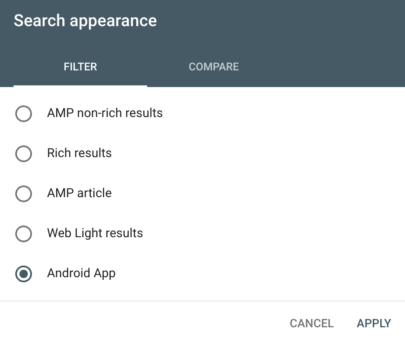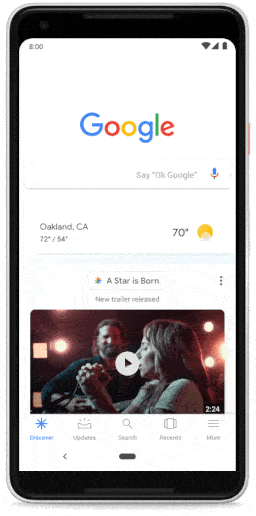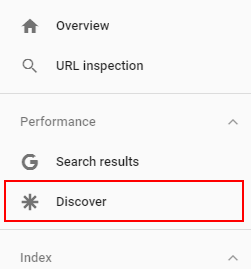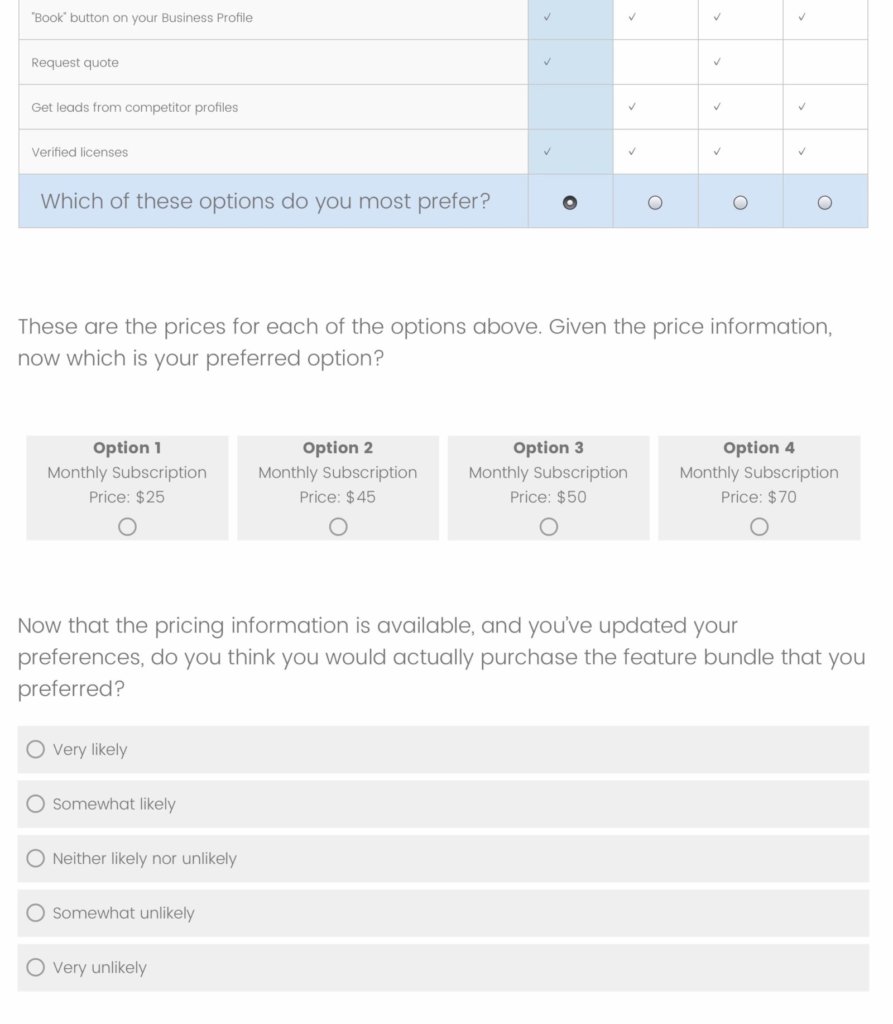Social media advertising has come a long way in recent years and has developed into a hugely lucrative marketing platform, whether that be through paid ads or through social media influencers.
Read on to find out what influencer marketing actually means, including examples of when it’s done the right way and the wrong way. We’ll also summarise the ASA’s influencer guide, so as an influencer or brand, you’ll know how to legally promote brands through social media without having the ASA slide into your DMs.
What is a social media influencer?
A social media influencer is an influential person who usually associates themselves with a particular niche like fashion, food, travel or something even more particular. The influencer will usually have some sort of authority, position, knowledge or skill associated with that niche which helps them generate a large following.
Originally, the influencer marketing job spec was very much associated with celebrities as it usually meant they came with a large following and therefore could influence those to make purchases for a particular brand.
However, nowadays brands are gravitating towards bloggers and micro-influencers (someone who has between 2,000 and 50,000 followers) to represent their brands as they usually have a more authentic relationship with their followers by often engaging and connecting with their audience, which means brands working with them could see a higher ROI. They also usually come with a much smaller price tag and therefore making it accessible for even smaller brands to advertise in this way.
Influencer marketing by the book
The discreetness around social media influencers is quickly disappearing – a 2018 survey by Bazaar voice revealed that 49% of people would like to see ad regulators, like the Advertising Standards Agency (ASA), enforce stricter rules for sponsored influencer posts on social media platforms.
The ASA has now made a detailed guide which defines exactly how influencers should display their posts if they are advertising a product or working with a brand. Let’s have a look at some of the key findings from the guide:
- If a brand pays an influencer to promote their brand – either in cash, products, gifts, services, trips, hotel stays etc. – AND asserts some sort of control over the post – whether that be how many posts and what time you publish the post, what’s included in the image or caption, hashtags to use, key messages or caption write up etc. – then this is considered an ad.
- If the influencer has any sort of commercial relationship with a brand i.e. as an ambassador or even if someone was promoting their own brand on their personal channels, this also qualifies as an ad.
- If
a brand has provided some sort of payment to an influencer and has some control/influence
on the post, the influencer must make it obvious to their following that it is
an ad. The ASA recognises the following labels and hashtags to be used in a
post where an influencer is promoting another product or business.
- Ad/#Ad
- Advert/#Advert
- Advertising/#Advertising
- Advertisement/#Advertisement
- Advertisement Feature
- If a brand has paid an influencer in some way, whether that be through free products or vouchers etc. but the brand has not asserted any control on what/if they post, this would not be considered an ad, but instead a sponsorship. The ASA is unlikely to pursue any complaints related to a sponsorship. But regulations still apply to these posts by the Competition and Markets Authority (CMA) who expects influencers to disclose when they have received any sort of ‘payment’ which gives them an incentive to post. This is when you’ll see influencers use terms such as gifted/#gifted and gift/#gift.
- The ASA recommends putting an ad label or hashtag at the beginning of your post so readers are fully aware of the nature of the post, the influencer guide states “burying the label in a sea of hashtags or putting it where it can only be seen by clicking ‘see more’ or clicking to view the full post, probably isn’t going to cut it. We recommend including it ‘at the beginning”.
You can read the ASA’s full influencer’s guide here.
Now that we know the gist of the guide, let’s put the ASA’s regulation into practice. Firstly, let’s look at a couple of examples of when an influencer has promoted a brand the correct way:
And now, a couple of examples of when influencers haven’t quite followed the rules and as a result, have been warned by the ASA:


The ASA gave Louise an official warning as she had not followed to official guidelines by letting her followers know that her post or story was an ad. She then changed the post to ensure it followed the guidelines and displays Instagram’s paid partnership with function.

Important takeaways for brands
- Ensure you are clear with the influencer and advise appropriately when you brief them to ensure the ASA can’t blame you in any way if the influencer has decided not to follow the guidelines.
- With more people becoming aware of advertising, it’s important to choose influencers that you think would genuinely be interested in your product or brand – this usually means that you’ll get a higher engagement rate and potentially bigger ROI.
- Choose an influencer that engages with their followers and provides quality content – ultimately someone that you would be happy to represent your brand or product and that demonstrates the same values as your brand.
- Look through the influencers previous ads to see how they display the content. Ads that are a lot more discreet tend to do better than just a picture of your product.
- Finally, influencer marketing is hugely successful and can completely transform your brand when done properly. Try it out and see how well it works for you.
Head over to our Fusion blog for more information and updates on all things SEO, PPC, social media and marketing.











